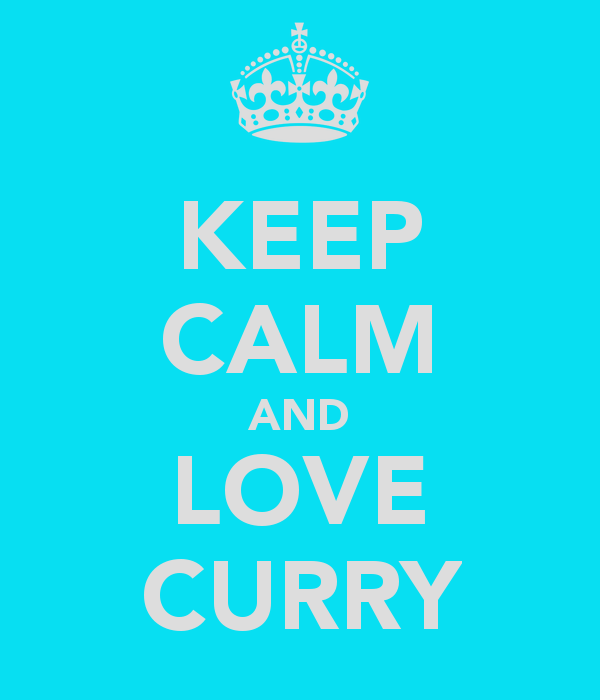While Raj Kapoor might have been the first Indian director to take his audience to foreign locales with Sangam in 1964, it was Yash Chopra who reinvented romance creating an everlasting association with chiffons, Swiss dales and meadows in full bloom. Ever since Rekha and Amitabh Bachchan immortalized the famous Kuekenhof tulip gardens in The Netherlands with the riot of colours and the magic of Kishore-Lata in Dekha Ek Khwaab from Silsila, this garden has been a highlight on the itinerary of a large number of Bollywood loving honeymooning couples from India. Apart from these gardens, this legendary onscreen pair also brought Switzerland home to the Indian viewer, beginning a trend which was faithfully followed by blockbusters like Chandni and Dilwale Dulhaniya Le Jayenge among a host of many other films. And thus began the Yashraj formula for sureshot success which fused the hero of the day singing hit romantic songs, actresses in chiffons cavorting on green meadows and the snowcapped Alps in the backdrop. So much so that that Swiss tourism tied up with Yashraj Films and Kuoni Travel Group in 2010 to create a customized tour called the YRF Enchanted Journey which takes travellers to different locales from the various films produced under the banner. While this one is perfect for couples, we take a look at a few other cinema-based tours that continue to fuel our imagination long after their last scenes have unspooled on screen.
Middle Earth (New Zealand)
Peter Jackson’s award-winning trilogy brought Middle Earth to life in all its magnificence and glory. Great credit goes to the director for choosing New Zealand as the backdrop for the LOTR films as its natural beauty is quite unsurpassed. The film catapulted the country’s sights and sounds into the public imagination across the world as Lord of the Rings series went on to become one of the highest grossing films of all time. Almost all parts of the country have different LOTR tours and can be customized to suit your interests. Some of the most breathtaking sights include the Tongariro National Park providing the stark landscape for Mordor with its central peak Mount Ngauruhoe as Mount Doom which is the figurative beginning and end of the ring. For those who want only the Middle Earth experience, there are the Hobbiton movie set tours which recreate the green splendour that is the shire, complete with the little hobbit holes, the Green Dragon Inn and the Party Tree where Bilbo does his disappearing act!
Amelie’s Montmartre (Paris, France)
Amelie, the wonderfully quirky 2001 film, follows the travails of a dreamy young waitress through the charming cobblestoned paths of Montmartre. This erstwhile artist’s village is one of the most charming parts of the city, associated with the music of the Jazz Age, the impressionism of Monet, the genius of Picasso, the madness of Dali and the never-ending dances of Moulin Rouge. It is also the MontMartre of Amelie Poulain. From the metro station she used to take to the local grocer and butcher shops that she visits, this is one inexpensive tour that you could craft for yourself with help from the numerous online sites. A good place to end your tour is at Café des Deux Moulins on 15 Rue Lepic, the lovely, quaint and now legendary little cafe where Amelie is shown working in the film. Wrangle a terrace (outdoor seat) and treat yourself to a glass of wine and watch the laidback life unfold on the gorgeous Montmartre Hill.
The Feluda tour (Jaipur, Jodhpur, Jaisalmer and Varanasi)
This one is quite the personal favourite. While following Feluda’s complete adventures could very well turn into a Bharat Darshan, a fan of the two Satyajit Ray’s films, Sonar Kella and Joy Baba Felunath, could follow this super smart private detective’s adventurous trail across four cities in North India.
Every Bengali’s much-loved sleuth from 21 Rajani Sen Road, Ballygunge, Kolkata, Feluda is Satyajit Ray’s immortal creation whom he brought to life with finesse in his films Sonar Kella and Joy Baba Felunath. While the films were continued by his son, Sandip Ray, it is Ray senior’s mastery over the craft that brought this Charminar-smoking detective to life with all the sharpness of his intellect. Soumitra as Feluda turned in a stellar performance which was equally matched by his young assistant Topshe, essayed by Siddhartha Chatterjee and the unassailable writer of thrillers Jatayu, played by Santosh Dutta. Together, they travel to various cities, encounter oddball characters from those places, find themselves in humorous situations brought about by the clash of different cultures and languages and solve great mysteries plaguing the people and police force alike. Follow the Sonar Kella route as envisioned in the dreams of the young boy Mukul and journey across the often surreal landscape of Rajasthan. A traveller can visit destinations including the Nahargarh Fort in Jaipur, the lesser-known Circuit House in Jodhpur and finally wind up at the marvellous golden-yellow sandstone fort—the Jaisalmer Fort. Travel by train all through and hope to meet characters as diverse as Lalmohan Ganguly, the writer of popular detective fiction and collector of antiques. For those attempting to get lost in the bylanes of Varanasi as depicted in Joy Baba Felunath, the film is the perfect map for the same and will no doubt take you to interesting sights and bring the city alive in a whole new way.
(This was published in the New Indian Express Bangalore on 27 November 2014)



